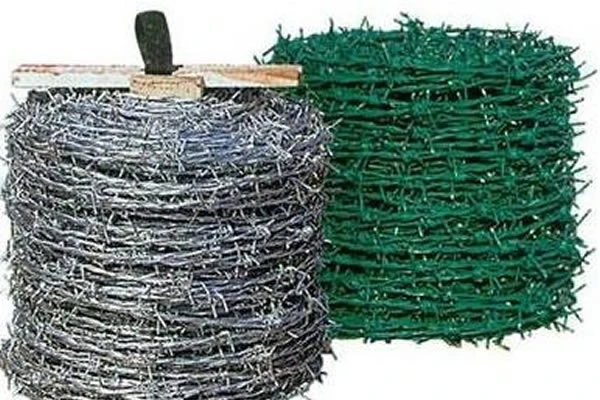 TEL:
+86-13102802206
TEL:
+86-13102802206
 Email:
fencenetting@china.com
Email:
fencenetting@china.com
 Language
Language
 TEL:
+86-13102802206
TEL:
+86-13102802206
 Email:
fencenetting@china.com
Email:
fencenetting@china.com
 Language
Language


The Significance of Barbed Wire Fence Angles in Agricultural Practices
Barbed wire fences have long been a staple in agricultural settings, serving as the first line of defense for livestock and crops against intruders—both human and animal. One of the most overlooked aspects of building and maintaining these fences is the angle at which the barbed wire is strung. While it may seem like a minor detail, the angle of a barbed wire fence can significantly impact its effectiveness, durability, and overall aesthetic.
Structural Integrity
When installing a barbed wire fence, the angle at which the wire is placed relative to the fence posts plays a critical role in the structure's integrity. If the wire is angled too steeply, it may create unnecessary tension, leading to increased wear and tear over time. On the other hand, a too shallow angle can result in the wire sagging, thus reducing its effectiveness as a barrier. The key is to find a balance—a moderate angle that allows for proper tension while minimizing stress on the wire and the posts.
Enhanced Security
The security that a barbed wire fence provides is largely influenced by its construction. When the wires are strung at an appropriate angle, it creates an intimidating barrier for potential intruders. A steep angle in particular can amplify the deterrent effect, as it visually signals the presence of a hazard. This psychological barrier can be just as important as the physical barrier in preventing trespassers from trying to climb over.
Moreover, the angle of the barbed wire also affects the likelihood of animals attempting to breach the fence. Livestock, such as cattle and sheep, may be less inclined to challenge a fence that appears formidable. Thus, by carefully considering the angle at which the barbed wire is installed, farmers and landowners can better protect their assets and promote safety.

Aesthetic Considerations
The visual appeal of a barbed wire fence should not be overlooked, especially when it is part of a larger landscape. Fences that are poorly constructed or that have an unflattering angle may detract from the beauty of the land. Conversely, a well-angled barbed wire fence can complement rural aesthetics. Barbed wire fences can serve as a rustic and charming element of a farm's appearance, adding character while maintaining practicality.
Maintenance and Longevity
Regular maintenance is essential for any fence, but the angles at which barbed wire is positioned can influence how often it needs upkeep. A fence installed with the correct angles is less likely to require frequent repairs. This is primarily because properly tensioned wire will withstand the varying forces of weather and animal interference more effectively. Farmers and landowners who pay attention to the geometric details of their fencing can save both time and resources in the long run.
Conclusion
In conclusion, the angle of a barbed wire fence is more than just a matter of aesthetics; it encompasses critical factors of structural integrity, security, and maintenance. By investing time and effort into understanding the significance of these angles, farmers and landowners can ensure that their fences serve their intended purpose effectively. Whether it’s to protect livestock, delineate property boundaries, or enhance the visual charm of the landscape, the thoughtful installation of barbed wire fence angles plays a crucial role in achieving success in agricultural endeavors. As with many aspects of farming, attention to detail can yield substantial rewards, making the humble barbed wire fence an essential component of agricultural practice.